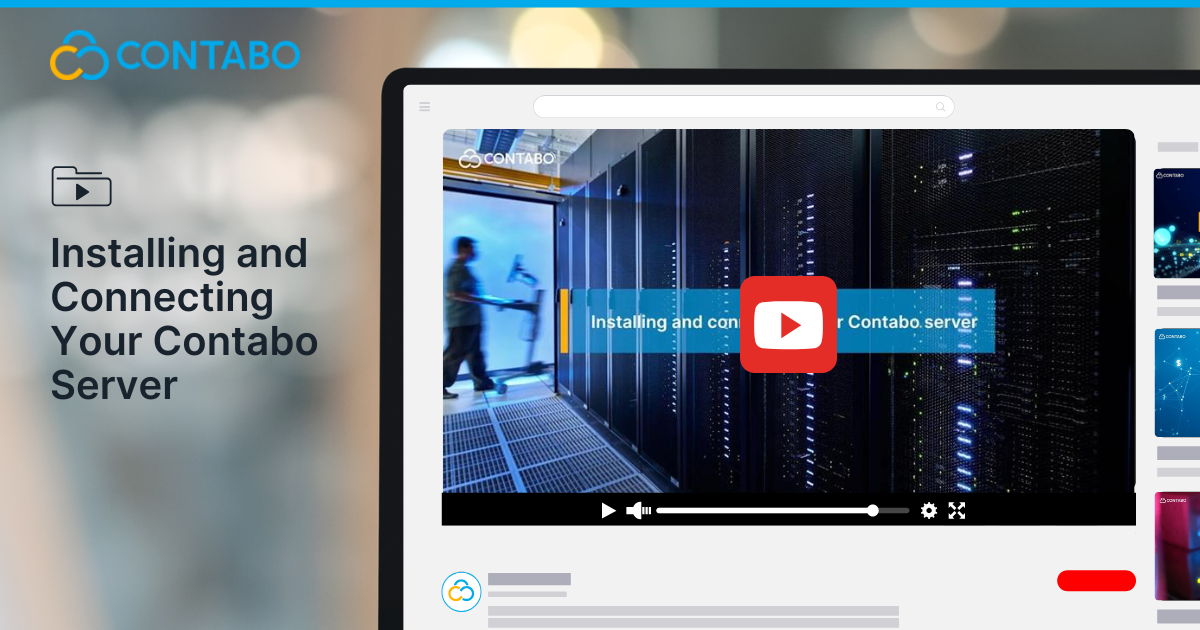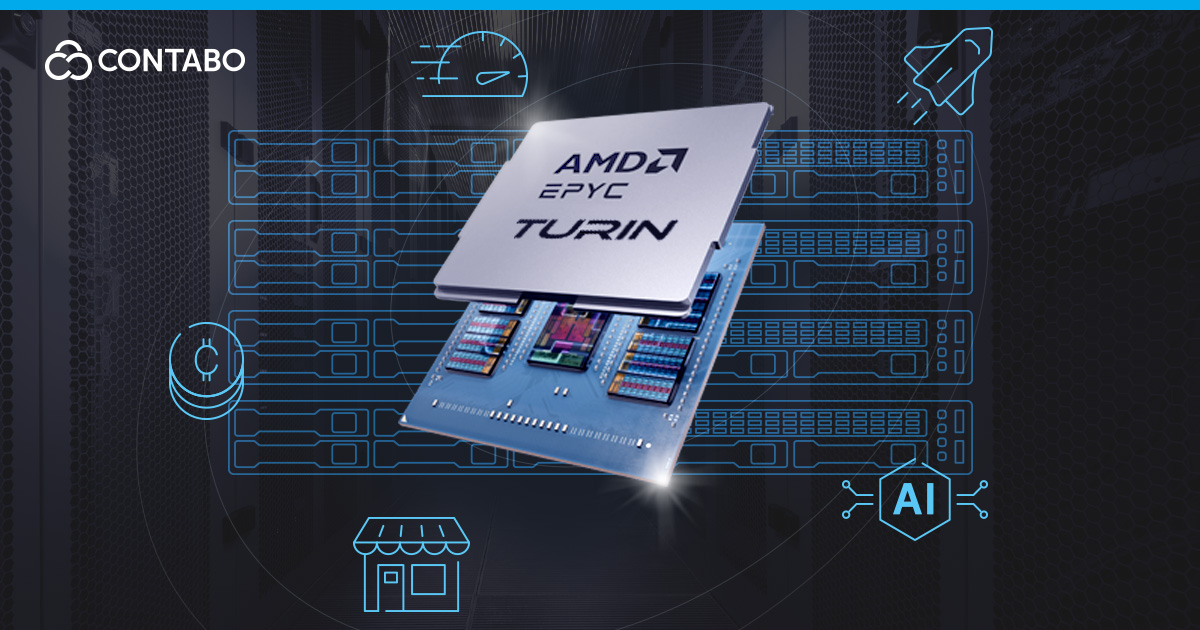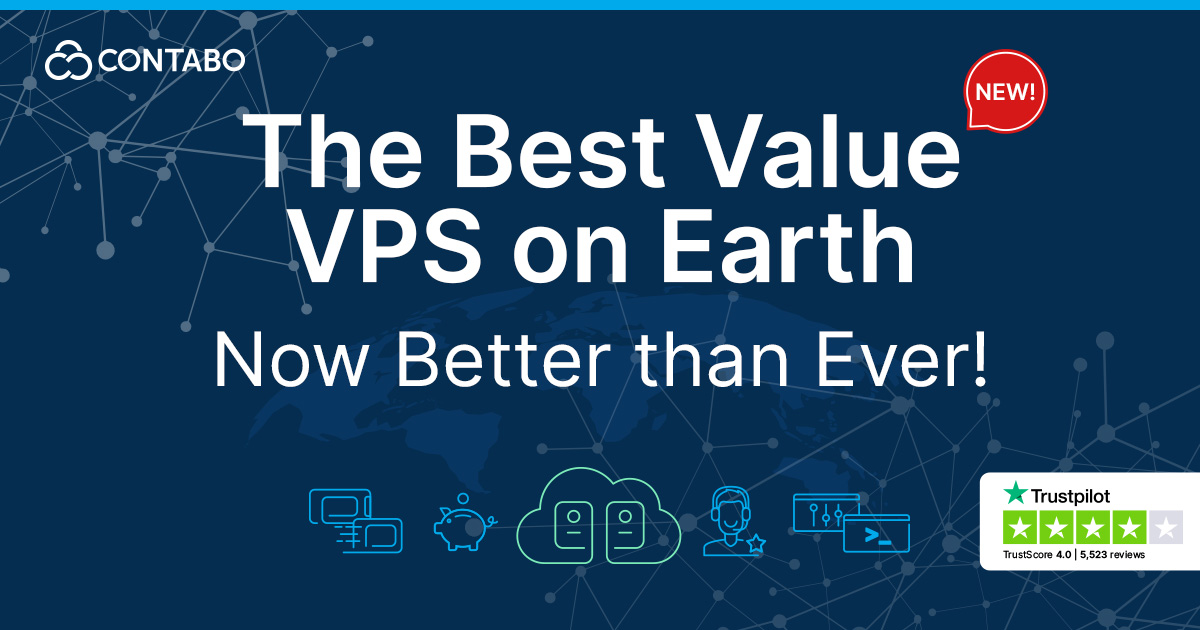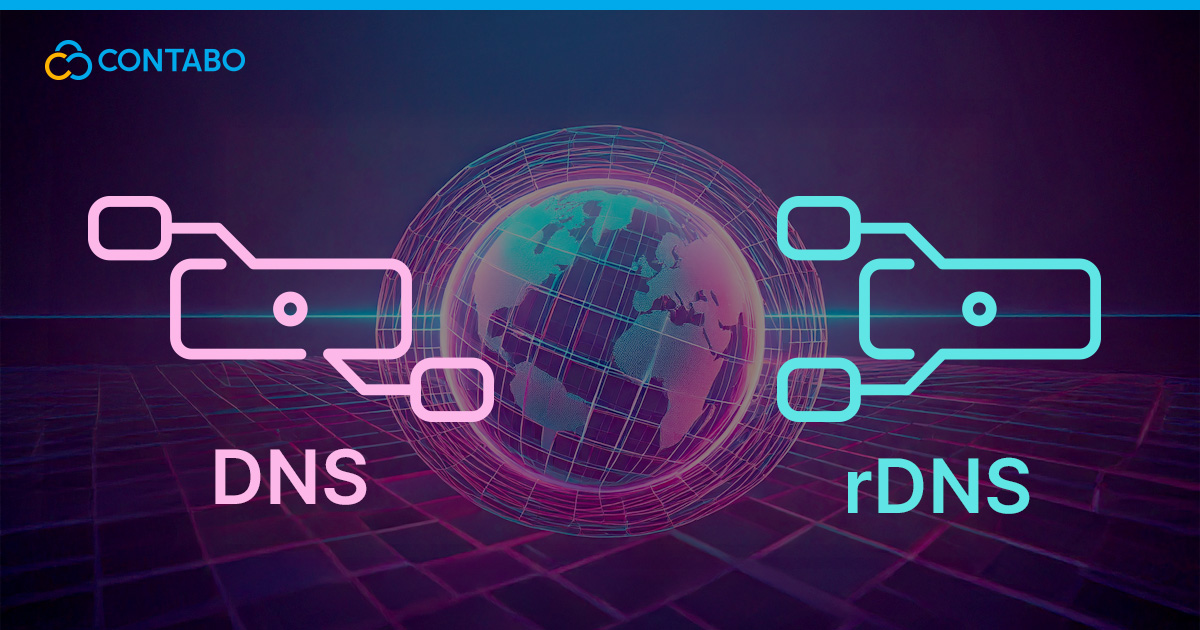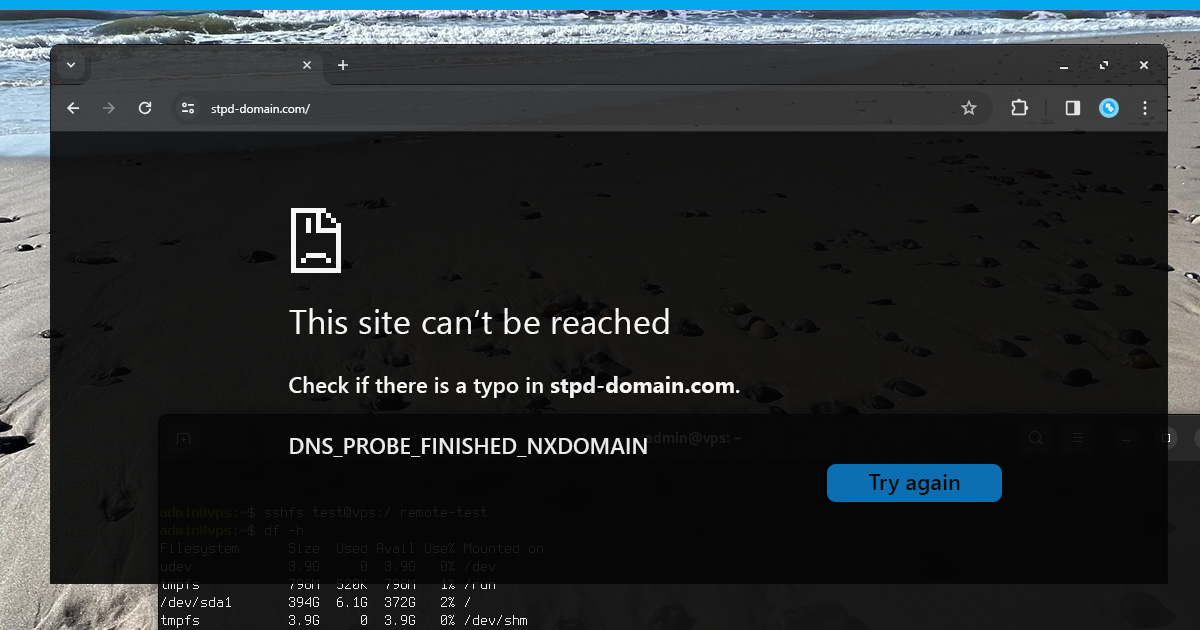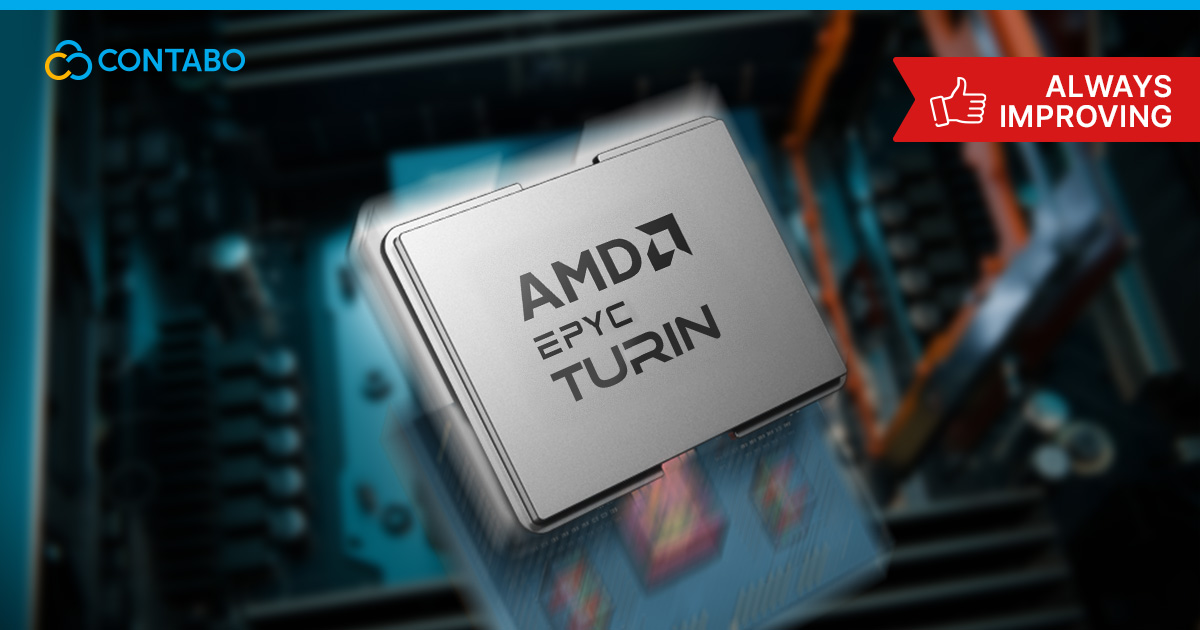Always Improving: Cooling Technology at our Hub Europe Data Center
Learn about Hub Europe’s innovative cooling system that uses direct-free-cooling to maintain perfect temperatures while reducing energy usage by up to 60%. With a remarkable PUE of 1.168, this system proves that advanced cooling technology doesn’t just protect your hardware – it’s also good for your budget and the environment.
Always Improving: Cooling Technology at our Hub Europe Data Center Read More »

